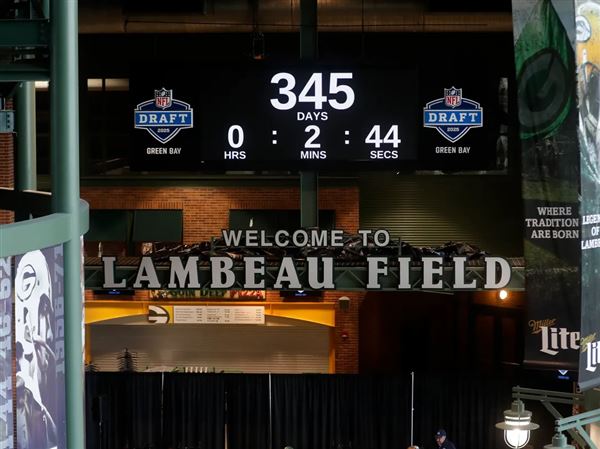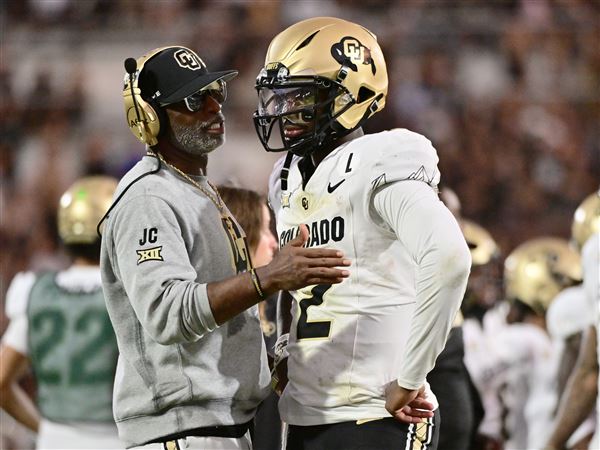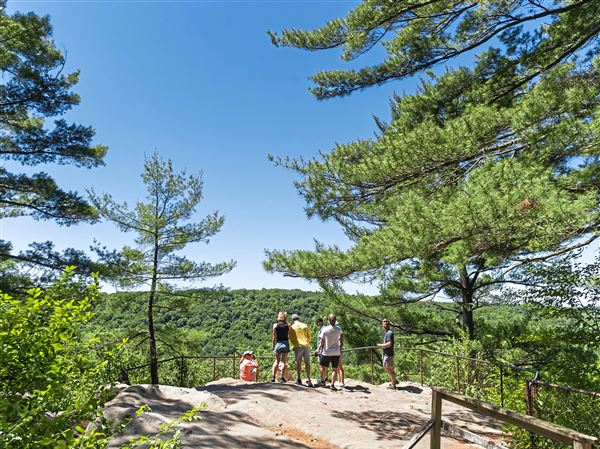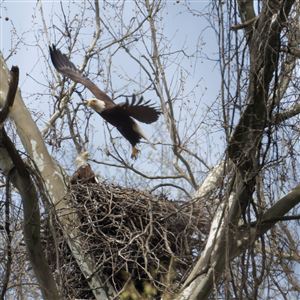It was the morning of the draft and Judy O’Toole and Barbara Jones had been preparing for months.
“I had been very nervous throughout the process but I slept. I woke up calm. I felt really ready and confident,” said Ms. O'Toole, director and CEO of The Westmoreland Museum of American Art.
Ms. Jones, the museum’s chief curator, hadn’t slept all night,
They would soon begin choosing artworks in a manner more akin to the NFL draft than something usually associated with a museum.
When publisher and philanthropist Richard Mellon Scaife died in 2014, his will specified that his art collection be equally divided between the Westmoreland and the Brandywine River Museum of Art in Chadds Ford, Pa.
The top 25 choices from each museum are currently displayed in a special exhibition, “The Art of Giving: Selections From the Richard M. Scaife Bequest,” at the Westmoreland museum through Aug. 5. It will travel to the Brandywine for exhibition from March 9 through May 27, 2019.
“The will said the two museums could determine the process, but if not he stipulated a round robin,” Ms. O’Toole said.
The Brandywine would have the No. 1 pick because Mr. Scaife had separately given five paintings by Pittsburgh self-taught artist John Kane (1860-1934) to the Westmoreland. The museums’ representatives were separated by a partition and could not see one another.
“There was a palatable sense of excitement and a little nervousness, of course,” said Brandywine director Thomas Padon in a phone interview. “When the first pick was being made there was a lot of tension in the air.”
The Brandywine snatched up “New Jersey Salt Marsh” by Martin Johnson Heade (1819-1904), one of the most coveted works in the collection.
“The Heade was absolutely our first pick. That painting just knocked me over from across the room,” Mr. Padon said. “Heade was so brilliant to capture the specific moment through light and atmosphere. It’s a haunting painting.”
“Moonrise, Alexandria Bay” by George Inness (1825-1894) was the Westmoreland’s first choice. It is a major work from the artist’s formalist period near the end of his life, said Ms. O’Toole, who recalled unpacking it before the draft.
“I can’t begin to describe, as an historian and as a director of a museum, the feeling I had when I realized that this painting could come to us. I truly felt like falling on my knees. I think I had tears in my eyes,” she said.
The round-robin was held at the Westmoreland’s temporary location east of Greensburg, where it operated while its historic building was undergoing renovation and expansion. Artworks were sent there from Mr. Scaife’s homes in Pittsburgh, Ligonier, Massachusetts and California.
Mr. Padon was not surprised by the Westmoreland’s No. 1 pick. “They chose the Inness and that absolutely would have been our second pick. It’s a beautiful painting, a great example of his late work.
“When we chose the Heade, we heard ‘aah’ from the other side. When they chose the Inness, they heard an ‘aah’ from our side,” he said.
A few more groans and everybody relaxed, Ms. Jones said. “Tom asked to have the tables removed so that we could see each other.”
The preparations made by both sides were intense and included evaluation of the artworks, their condition and what the opposing museum might choose based on its collection profile and needs. The Westmoreland consulted with Debra Force Fine Art gallery in New York to learn whether a comparable artwork by each artist would likely become available for purchase in the near future, which artists never become available and how the artists’ works were faring in the art market.
Ms. Jones made small color reproductions of each artwork and posted them on a board in order of preference. “If you were feeling a little grumpy that day, something might be moved to the bottom,” Ms. O’Toole said.
Mr. Padon printed images of the works and laid them on the floor of his home so he could walk among and evaluate them. “At each work, when I had it in my hand, I’d ask ‘This one? This one over this one?’”
The museums’ guesses as to which works would go high in the round robin were not always on target.
“We’d put something we really wanted pretty low on our list, feeling fairly confident that the Brandywine wouldn’t want it,” Ms. O’Toole said. “Then we moved it up when we saw that what they wanted was different than what we anticipated,” Ms. Jones added.
“We had the Jasper Cropsey [“Starrucca Vale”] high on our list, in the first 10.... Later we realized we could have waited,” Ms. Jones said.
“Because of its size [46 by 68 inches],” Ms. O’Toole said. “There are low ceilings at Brandywine and they can’t accommodate larger works.”
But then the Westmoreland staffers were surprised that the Brandywine took the Guy Pene du Bois landscape “The Decorators, Farmholme Road, 1943,” which measures 40 by 30 inches.
The Brandywine also chose “The Appraisal” by the same artist. The Westmoreland managed to score Pene du Bois’ “Rose Madder Club,” which it wanted for its historical significance.
Mr. Padon said landscape is a genre the Brandywine is known for. “You don’t think of Pene du Bois as a landscape painter. I thought about how that would affect our collection. They got the ‘Rose Madder Club.’ That is a quirky, wonderful painting and I loved it.”
By the end of the first round, each museum had chosen 71 works through what Ms. O’Toole described as “an amicable, non-competitive process.”
“It was very civilized and lots of fun,” Mr. Padon said. “There’s no sense of either of us losing out on anything. I think there was as much happiness for each other as there was for ourselves.”
“This show is the culmination of the camaraderie that formed between the two organizations,” Ms. O'Toole said.
Ms. Jones will give a behind-the-scenes tour of the exhibition June 20 and lead a personal tour following a catered brunch July 22. Westmoreland museum hours are 11 a.m.-5 p.m. Tuesday through Sunday, and until 7 p.m. Wednesday. Admission is $15 suggested donation; $10 seniors; free for ages 18 and under, students, veterans, active and reserve military and families and museum members. Admission is also free from 5-7 pm. Wednesdays. Information: http://thewestmoreland.org or 724-837-1500.
M. Thomas: mthomas@post-gazette.com or 412-263-1925.
First Published: June 1, 2018, 2:00 p.m.















